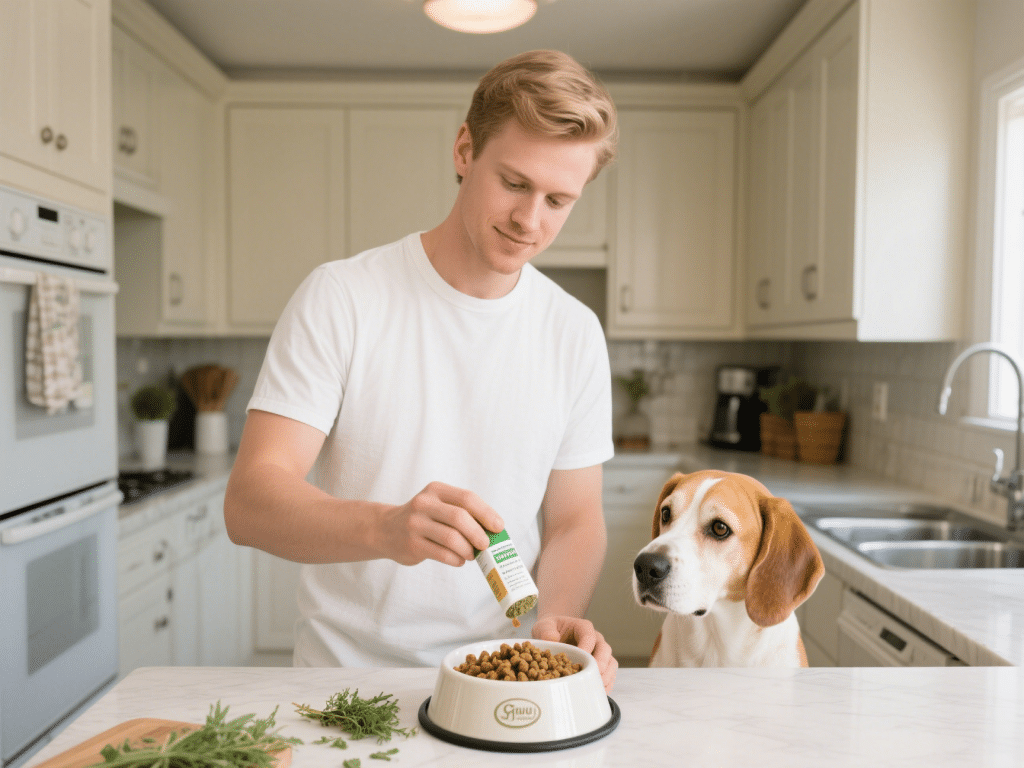Introduction
Teaching tricks to your dog not only enhances mental stimulation but also strengthens the bond between you. This guide outlines simple, step-by-step methods using positive reinforcement to help your dog learn fun tricks, from basic commands to more advanced moves.
1. Training Foundations
Choose a Quiet Environment: Minimize distractions by training in a calm room or fenced yard.
Gather Supplies: Small, soft treats, a clicker (optional), and patience are the only essentials.
Use Positive Reinforcement: Reward desirable behavior immediately with praise, petting, or treats. Avoid punishment-based techniques.
Keep Sessions Short: 5–10 minutes per session, 2–3 times daily, ensures focus and prevents frustration.
2. Trick 1: “Shake Hands”
Step 1: Sit Command: Ensure your dog reliably sits on command.
Step 2: Introduce the Cue: While dog is sitting, hold a treat in your closed fist near its paw. Wait for the dog to paw at your hand.
Step 3: Reward Paw Lift: As soon as the paw touches your fist, click (if using a clicker) and give the treat. Say “Shake” as you do this.
Step 4: Practice and Fade Hand Motion: Repeat until the dog lifts its paw on “Shake.” Gradually reduce hand motion until the verbal cue alone suffices.
3. Trick 2: “Roll Over”
Step 1: Lie Down: Start with a reliable “Down” command.
Step 2: Lure with Treat: Hold a treat close to the dog’s nose, then move it slowly toward its shoulder, encouraging a roll onto its side.
Step 3: Complete the Roll: When the dog is on its side, move the treat in a semicircle toward its other hip, guiding it to roll onto its back and then onto the opposite side.
Step 4: Add Verbal Cue: As the dog follows the treat’s path, say “Roll over.” Reward when the dog completes the roll.
4. Trick 3: “Play Dead”
Step 1: Start from Down Position: Ask your dog to lie down.
Step 2: Lure onto Side: With a treat near its nose, slowly move it to the side and slightly behind, encouraging the dog to roll onto its side and keep lying.
Step 3: Verbal Cue & Dramatic Flair: Introduce “Bang!” or “Play dead” as the dog’s shoulders hit the ground.
Step 4: Reward Calmness: When the dog remains on its side, feed treats and soothing praise. Increase duration gradually.
5. Trick 4: “Speak” and “Quiet”
Step 1: Elicit Bark: Knock on a door or ring a bell. As the dog barks, say “Speak,” click, and treat. Repeat until the dog barks on cue.
Step 2: Introduce “Quiet”: After the dog barks on command, hold a treat near its nose. As it stops barking to sniff, say “Quiet,” click, and treat.
6. Troubleshooting Tips
Inconsistent Responses: Return to simpler steps and reinforce fundamentals. Increase treat value temporarily to regain focus.
Overexcitement: End the session early if your dog becomes too distracted. Resume later when calmer.
Patience and Timing: The reward must follow immediately (<1 second) to reinforce the correct behavior.
Conclusion
Teaching your dog fun tricks fosters mental stimulation, improves obedience, and deepens your bond. Always use positive reinforcement, maintain consistent practice, and be patient. With these step-by-step instructions, you and your dog can enjoy a rewarding training journey filled with tail wags and triumphs.










Comments on "How to Teach Your Dog Fun Tricks: Step-by-Step Guide" :